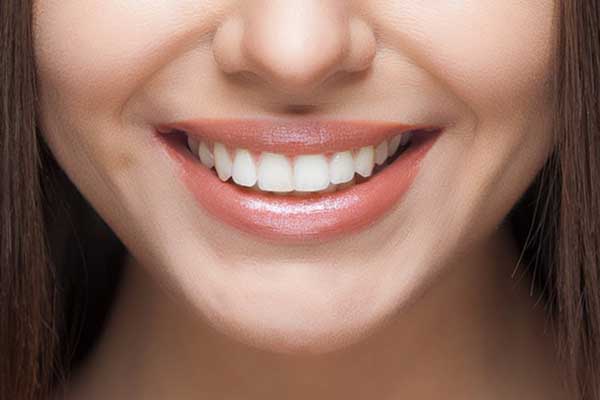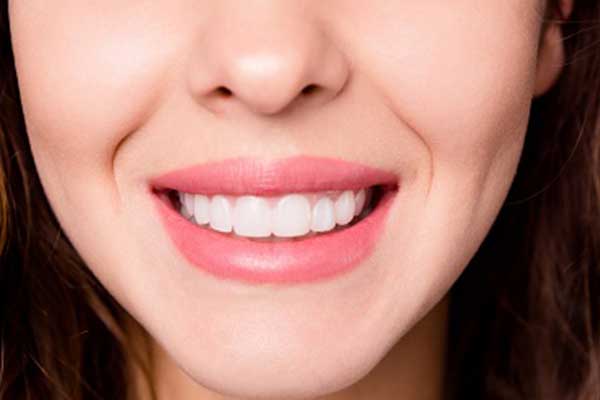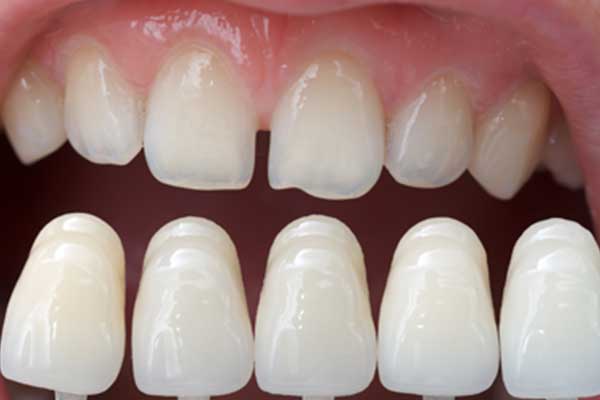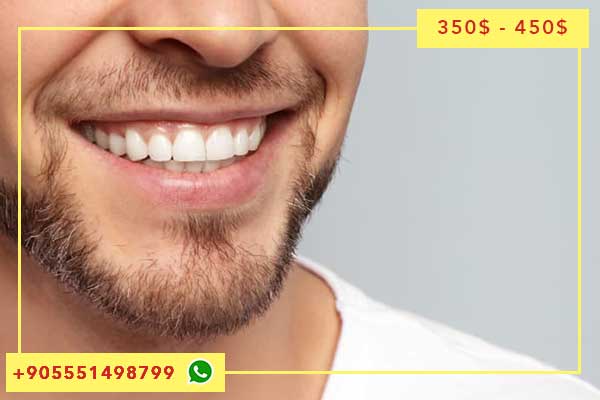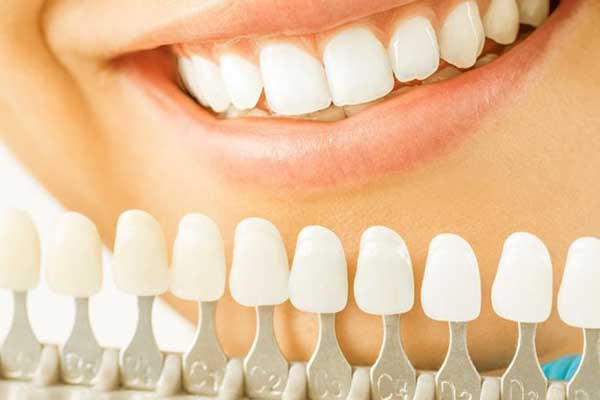Porcelain in Dental: Revolutionizing Cosmetic Dentistry
Introduction
The field of dentistry has seen remarkable advancements in recent years, particularly in cosmetic dentistry. One of the revolutionary materials used in this domain is porcelain. Porcelain has become increasingly popular due to its aesthetic appeal and functional properties, making it a go-to choice for various dental procedures.
In this article, we will explore the applications, benefits, and considerations of using porcelain in dental treatments.
Table of Contents
- Understanding Porcelain in Dentistry
- The Advantages of Porcelain Restorations
- Types of Porcelain Restorations
- 3.1 Porcelain Veneers
- 3.2 Porcelain Crowns
- 3.3 Porcelain Inlays and Onlays
- 3.4 Porcelain Bridges
- The Procedure for Porcelain Restorations
- Caring for Porcelain Restorations
- Potential Risks and Limitations
- The Future of Porcelain in Dentistry
- Conclusion
- FAQs (Frequently Asked Questions)
1. Understanding Porcelain in Dentistry
Porcelain is a ceramic material that closely resembles natural tooth enamel in terms of color, translucency, and texture. It is crafted using a combination of fine powders and heat, resulting in a strong and durable material. Porcelain is often used in cosmetic dentistry to restore the appearance and functionality of damaged or discolored teeth.
2. The Advantages of Porcelain Restorations
Porcelain restorations offer several advantages over traditional materials like metal or composite resin. Firstly, porcelain mimics the natural appearance of teeth, ensuring a seamless blend with the surrounding dentition. It provides a natural translucency, reflecting light similarly to real enamel. Secondly, porcelain restorations are highly durable, resistant to stains, and can withstand the forces of biting and chewing. Lastly, they are biocompatible, meaning they do not cause adverse reactions or sensitivity in most patients.
3. Types of Porcelain Restorations
3.1 Porcelain Veneers
Porcelain veneers are thin shells that are bonded to the front surface of teeth. They can effectively address issues like chipped, stained, or misaligned teeth. Veneers offer a minimally invasive solution and can significantly enhance a person’s smile.
3.2 Porcelain Crowns
Porcelain crowns are tooth-shaped caps that encase the entire visible portion of a tooth. They are commonly used to restore severely damaged or decayed teeth. Crowns provide strength, protection, and aesthetic improvement to the affected tooth.
3.3 Porcelain Inlays and Onlays
Porcelain inlays and onlays are indirect restorations used to repair moderate tooth decay or damage. Inlays are bonded within the cusps of a tooth, while onlays extend to cover one or more cusps. They offer a conservative approach by preserving as much natural tooth structure as possible.
3.4 Porcelain Bridges
Porcelain bridges are used to replace missing teeth. They consist of artificial teeth (pontics) held in place by porcelain crowns on the adjacent natural teeth. Bridges help restore functionality and improve the appearance of the smile.
4. The Procedure for Porcelain Restorations
The process of getting porcelain restorations typically involves multiple dental visits. It begins with an initial consultation where the dentist assesses the patient’s oral health and discusses the desired outcome. Following this, the dentist prepares the teeth by removing a small portion of enamel. Impressions of the teeth are taken and sent to a dental laboratory where skilled technicians fabricate the customized porcelain restorations. During the final visit, the dentist carefully bonds the restorations to the teeth, ensuring a precise fit and natural appearance.
5. Caring for Porcelain Restorations
Proper maintenance is essential to prolong the lifespan of porcelain restorations. Patients should practice good oral hygiene, including regular brushing, flossing, and routine dental check-ups. Avoiding excessive force on the restorations, such as biting hard objects or grinding teeth, is crucial. Additionally, refraining from habits like smoking and consuming staining substances can help maintain the natural beauty of porcelain restorations.
6. Potential Risks and Limitations
While porcelain restorations offer numerous benefits, it’s important to be aware of potential risks and limitations. In some cases, porcelain restorations may chip or crack, requiring repair or replacement. Additionally, the process of preparing the teeth for porcelain restorations is irreversible. Patients should also consider their bite alignment and jaw relationship, as certain conditions may affect the longevity of the restorations.
7. The Future of Porcelain in Dentistry
As technology advances, the field of dentistry continues to evolve. Future developments in porcelain materials may lead to even more realistic and durable restorations. Researchers are exploring innovative techniques and materials to enhance the performance and longevity of porcelain restorations. The future holds exciting possibilities for the use of porcelain in dental treatments.
Conclusion
Porcelain has revolutionized cosmetic dentistry by offering aesthetic and functional solutions for various dental issues. With its natural appearance, durability, and biocompatibility, porcelain restorations have become a popular choice among patients and dentists alike.
Whether it’s porcelain veneers, crowns, inlays, onlays, or bridges, these restorations provide a long-lasting and beautiful smile transformation.
FAQs (Frequently Asked Questions)
1. Are porcelain restorations stain-resistant? Yes, porcelain restorations are highly resistant to stains, allowing patients to enjoy a bright and vibrant smile.
2. How long do porcelain restorations typically last? With proper care and maintenance, porcelain restorations can last 10 to 15 years or even longer.
3. Will getting porcelain restorations be painful? The process of getting porcelain restorations is usually painless. Local anesthesia is used to ensure patient comfort during the procedure.
4. Can I eat normally with porcelain restorations? Yes, porcelain restorations are designed to withstand normal biting and chewing forces, allowing you to eat your favorite foods.
5. Is it possible to remove or replace porcelain restorations if needed? While the process is not reversible, porcelain restorations can be repaired or replaced if necessary, with the guidance of a dental professional.

